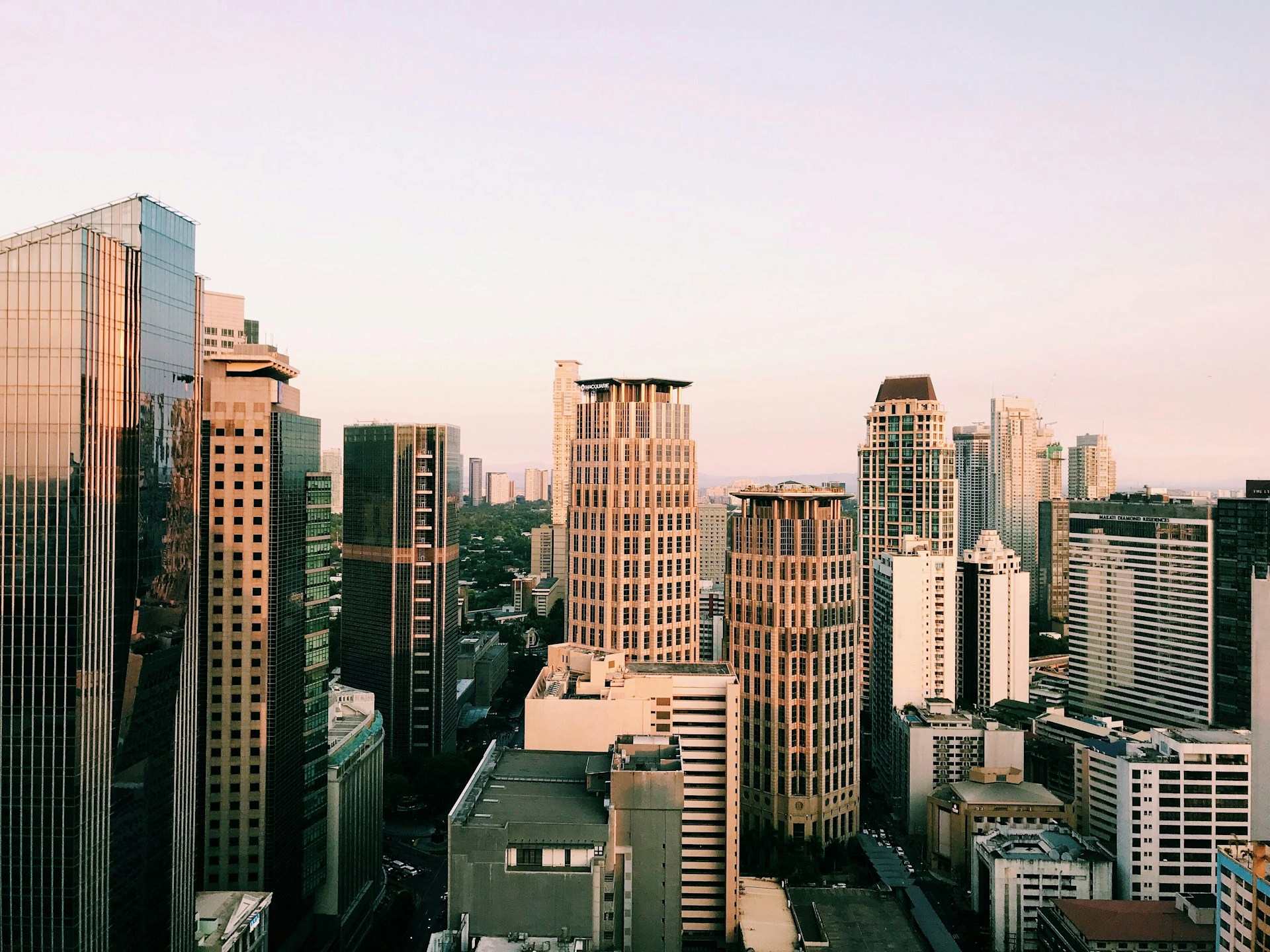Lance Gokongwei’s Robinsons Land Corporation has finalised a significant asset transfer, selling nine of its shopping malls to RL Commercial REIT in a deal worth about 30.7 billion pesos, or roughly 536 million US dollars. This transaction adds over 320,000 square metres of retail space to the trust’s portfolio, bringing its total holdings to 38 properties across 18 Philippine cities. By shifting these income-generating assets into the REIT, Robinsons Land unlocks fresh capital while strengthening its position as one of Southeast Asia’s largest retail-focused trust managers.
The immediate benefit for Robinsons Land is greater financial flexibility. Capital raised through this sale can support its five-year growth plan, including the development of new residential towers, office spaces, hotels and logistics centres, all areas where domestic demand remains strong. For the REIT itself, the addition of well-performing malls diversifies rental income streams and increases the potential for steady dividends to shareholders.
For investors and fund managers, this expanded portfolio provides a more attractive mix of high-quality commercial real estate spread across fast-growing urban hubs. A larger, more liquid REIT structure also means more stable yields and easier trading for both institutional and retail participants. Such transparency and scale often appeal to pension funds and long-term investors looking for defensive assets with reliable cash flow.
Looking ahead, Robinsons Land has signalled that it still holds more than 1.3 million square metres of leasable mall space, plus various offices and hotels, which could feed into the REIT in future transactions. This suggests that gradual asset recycling will remain central to its strategy, balancing fresh development with the monetisation of mature properties.
Real estate professionals should closely watch regulatory approvals and any changes to rental agreements that may affect valuation and income forecasts. Careful tracking of occupancy rates and lease renewals across newly transferred malls will help assess whether the expected returns align with market expectations.
In the bigger picture, this landmark sale underlines how Philippine developers are increasingly using REITs to free up capital while giving the market greater access to institutional-grade property assets. For stakeholders across the sector, the model sets a clear example of how to combine capital efficiency with consistent shareholder returns, shaping a more dynamic investment landscape for Philippine real estate.


